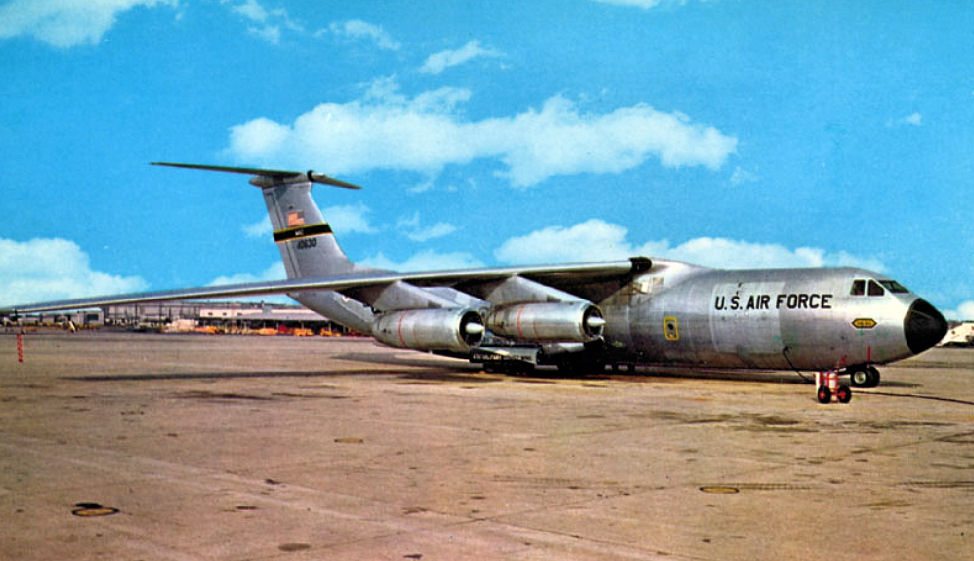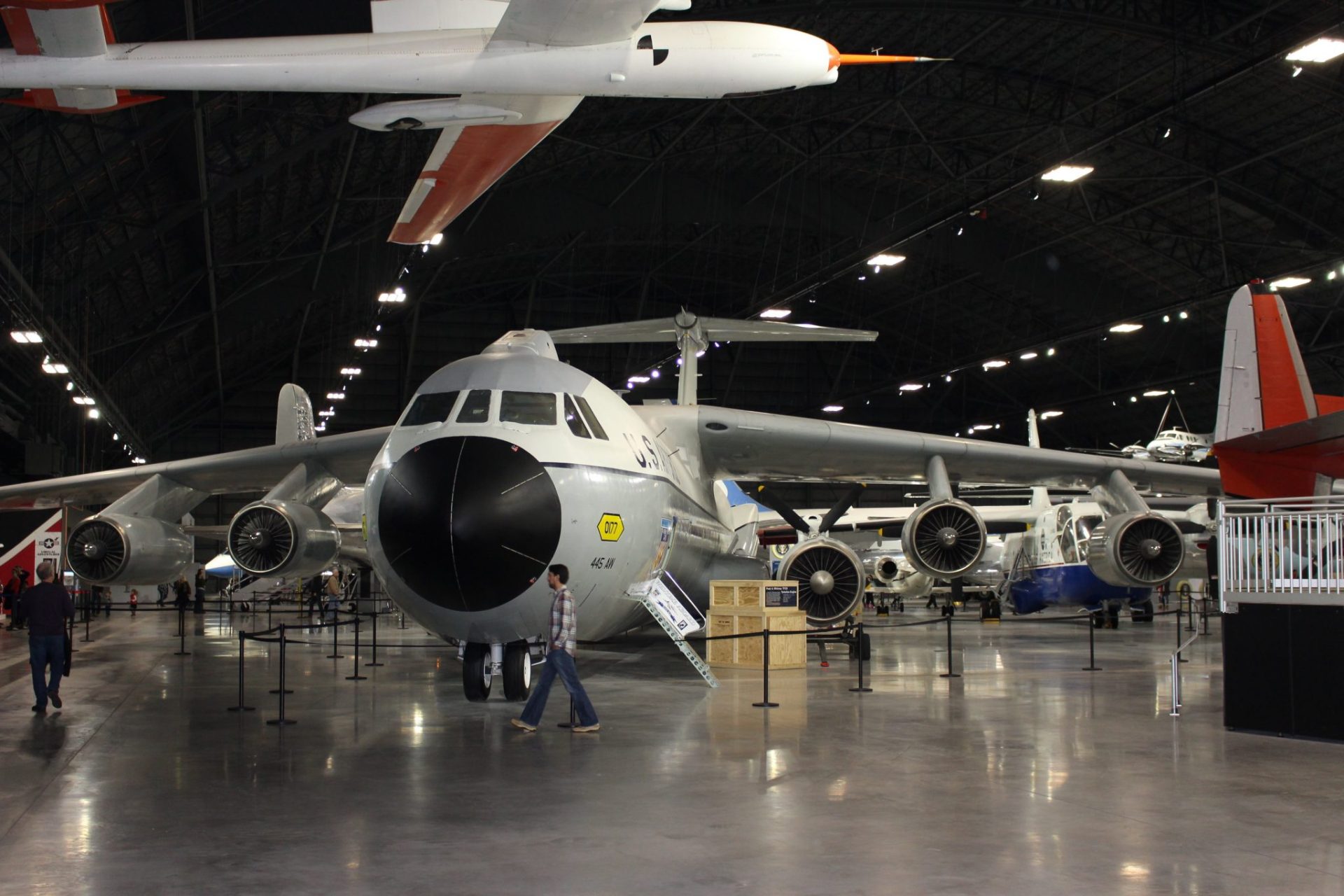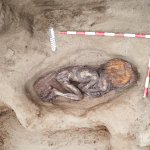The Lockheed C-141 Starlifter made strategic airlift common and gave the United States unique capabilities of jet powered airdrop, austere landings, and intercontinental airlift via air refueling.
It’s hard to believe that the C-141 Starlifter first over 60 years ago. The robust capabilities of the Starlifter and the extensive modifications made it seem like the jet could fly forever, just like the venerable C-47. Unfortunately, extensive overuse of the fleet, evolving needs, and wear and tear forced the US Air Force to abandon the platform.
First flight of the C-141
The C-141 first flew on December 17, 1963. At the time, the nascent US Air Force relied on the C-133 Cargomaster and C-124 Globemaster II for airlift capabilities. However, those aircraft were slow and had limited airlift capabilities. The C-141 represented a giant leap forward in capability.
The early 1960’s brought along great promise with turbojet and later turbofan engines. At the time, Lockheed was in its prime as an efficient, forward-thinking aircraft manufacturer. They had recently produced the U-2 and C-130. While developing the C-141 they were also working on advanced aircraft like the SR-71 and had started to design the C-5 Galaxy as well.
The C-141 employed the best of the 1960s jet era technology. With modern jet engines, cargo could travel at airline-like speeds. The aircraft had advanced systems to allow loading of equipment, vehicles, and troops from the rear cargo doors. It’s instruments and pilot panel was very advanced for its time.
The beefy structure could carry up to 90,000 lbs of cargo or up to 154 passengers in a troop configuration. The promise of putting troops and cargo anywhere in the world within an extended duty day was revolutionary for its time. The C-141 Starlifter would etch its name in air mobility history.
The C-141 Starlifter had quite a career. It was the workhorse of Vietnam and Desert Storm. The jet served on every continent including Antartica. It was involved in every conflict from Vietnam through Afghanistan. Most notably, the C-141 flew the first POWs back from North Vietnam. That aircraft, tail 66-0177, became known as the Hanoi Taxi.
Revolution then an evolution
The C-141 Starlifter had three versions over the course of its career. Most of the original A models were converted to the B models in the late 1970s to early 1980s. This conversion gave the C-141 the ability to air refuel and also added additional cargo capacity to the jet via lengthening of the fuselage. In the 1990s, 60 of the B models were then upgraded to C models with more advanced avionics and a glass cockpit.
C-141 Starlifter is given an ‘early’ retirement
The C-141 retirement was planned but the date was slowly moved forward by structural issues with the jet from intense usage over its career. The jet was replaced by the C-17 Globemaster III.
The C-141 took its last flight on May 6th, 2006 with the Hanoi Taxi being delivered to the National Museum of The Air Force. Today, you can walk through the jet at the museum in Dayton, Ohio.
Below is a video of the retirement ceremony.
All Good Things Come To an End
The C-141 Starlifter Was replaced By the C-17 Globemaster III beginning in 1993. While the C-17 became a much more capable platform, it took over a decade to produce enough aircraft to replace the capabilities of the C-141.
The C-141 Starlifter was an incredibly capable aircraft that evolved over time to meet the needs of the United States. Although none are flying today, you can still see examples of the accomplished airlifter at museums across the country.
Credit: avgeekery.com











